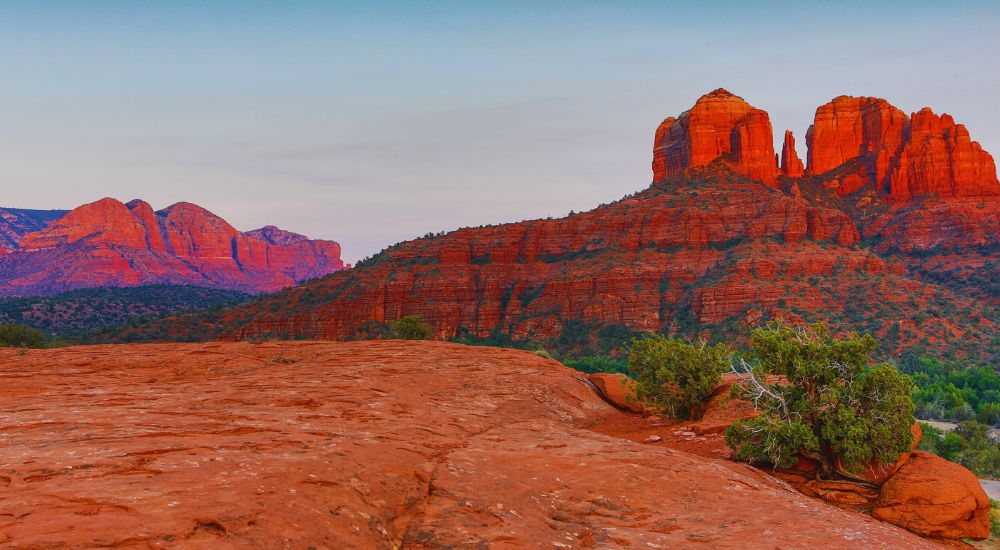Arizona is known for its dramatic landscapes, and among them, the Chihuahuan Desert stands out as a unique and biodiverse wonder. Stretching across parts of southeastern Arizona, this desert is not only one of the largest in North America but also one of the most ecologically diverse. If you’re a nature lover, photographer, or adventurer, the Chihuahuan Desert Arizona should be on your travel list.
What Makes the Chihuahuan Desert Unique?

Unlike the more commonly known Sonoran Desert, the Chihuahuan Desert spans several states and even crosses into Mexico. In Arizona, it occupies the southeastern tip and is part of the greater desert ecosystem that includes New Mexico and Texas.
The desert’s climate is semi-arid, characterized by hot summers, mild winters, and a rainy season during the summer monsoons. The diversity of elevation and climate makes it a hotspot for a wide variety of plant and animal life.
Flora and Fauna of the Chihuahuan Desert


One of the biggest draws of the Chihuahuan Desert Arizona is its incredible biodiversity. It hosts more than 3,000 plant species and is home to many animals that are found nowhere else.
Notable Plant Life:
- Creosote bush
- Lechuguilla (a type of agave)
- Ocotillo
- Chihuahuan pine
Wildlife You Might Spot:
- Roadrunners
- Javelinas
- Desert cottontails
- Kit foxes
- Gila monsters
- A variety of lizards and snakes
Birdwatchers will be thrilled with the variety of species, especially during migration seasons. The desert’s varied habitats from grasslands to rocky outcroppings support this amazing diversity.
Best Time to Visit the Chihuahuan Desert

While the desert can be visited year-round, the most pleasant times to go are during the spring (March–May) and fall (September–November) when the temperatures are moderate and wildflowers bloom.
Summer can be extremely hot, and winter nights can be chilly, so proper preparation is essential if you’re planning a visit during these seasons.
Activities to Enjoy in the Chihuahuan Desert Arizona



There’s no shortage of ways to explore this fascinating region:
Hiking and Nature Walks
Several trails wind through the desert, offering spectacular views and opportunities to spot rare wildlife. Always carry plenty of water and wear sun protection.
Photography
From sunrise to sunset, the lighting in the desert offers amazing photographic opportunities. The rugged terrain, unique plants, and open skies make for stunning landscape shots.
Stargazing
Due to its remote location and low light pollution, the Chihuahuan Desert is perfect for stargazing. You can easily see the Milky Way on clear nights.
Responsible Travel Tips

When exploring sensitive environments like the Chihuahuan Desert, it’s important to practice Leave No Trace principles:
- Stay on designated trails
- Pack out all trash
- Avoid disturbing wildlife
- Don’t pick plants or remove rocks
These steps help preserve the ecosystem for future generations.
Explore Nearby Natural Areas

If you’re looking to expand your desert adventure, there are several nearby sites worth visiting:
Chiricahua National Monument
Known for its volcanic rock formations and hiking trails, this park offers a different but complementary landscape. Visit Chiricahua National Monument.
Where to Stay Near the Chihuahuan Desert

While the desert itself is mostly undeveloped, you can find accommodation in nearby towns such as Douglas, Bisbee, or Willcox. These towns offer a range of hotels, motels, and charming bed-and-breakfasts. For those who prefer nature, primitive camping options are also available in certain areas with permits.
Learning More About Desert Ecology

A trip to the desert can be educational as well as inspiring. Stop by the Arizona-Sonora Desert Museum near Tucson to learn about the ecosystems that make up Arizona’s deserts.
You can also read our blog post on the Sonoran Desert of Arizona to compare the unique differences between the two.
Cultural and Historical Importance

The Chihuahuan Desert has long been home to indigenous peoples, including the Apache and Yaqui tribes. These communities have adapted to the harsh climate over centuries, and their knowledge of desert survival and ecology is invaluable.
Visitors may find cultural sites, petroglyphs, and other remnants of Native American history in and around the desert.
Packing Tips for a Desert Adventure

To enjoy your visit safely, here’s what to bring:
- Sunscreen & hat
- Refillable water bottles or a hydration pack
- Lightweight clothing
- Hiking boots
- Snacks and energy bars
- Navigation tools (map, GPS, or app)
Always let someone know your travel plans and estimated return time if venturing into remote areas.
Final Thoughts
The Chihuahuan Desert Arizona is more than just dry land it’s a vibrant, living ecosystem teeming with beauty, history, and adventure. Whether you’re trekking through rugged trails, observing wildlife, or simply taking in the sweeping desert views, the experience will be unforgettable.
This hidden gem of southeastern Arizona is a must-visit for eco-travelers, photographers, and curious minds seeking something truly different from the usual tourist trail.

